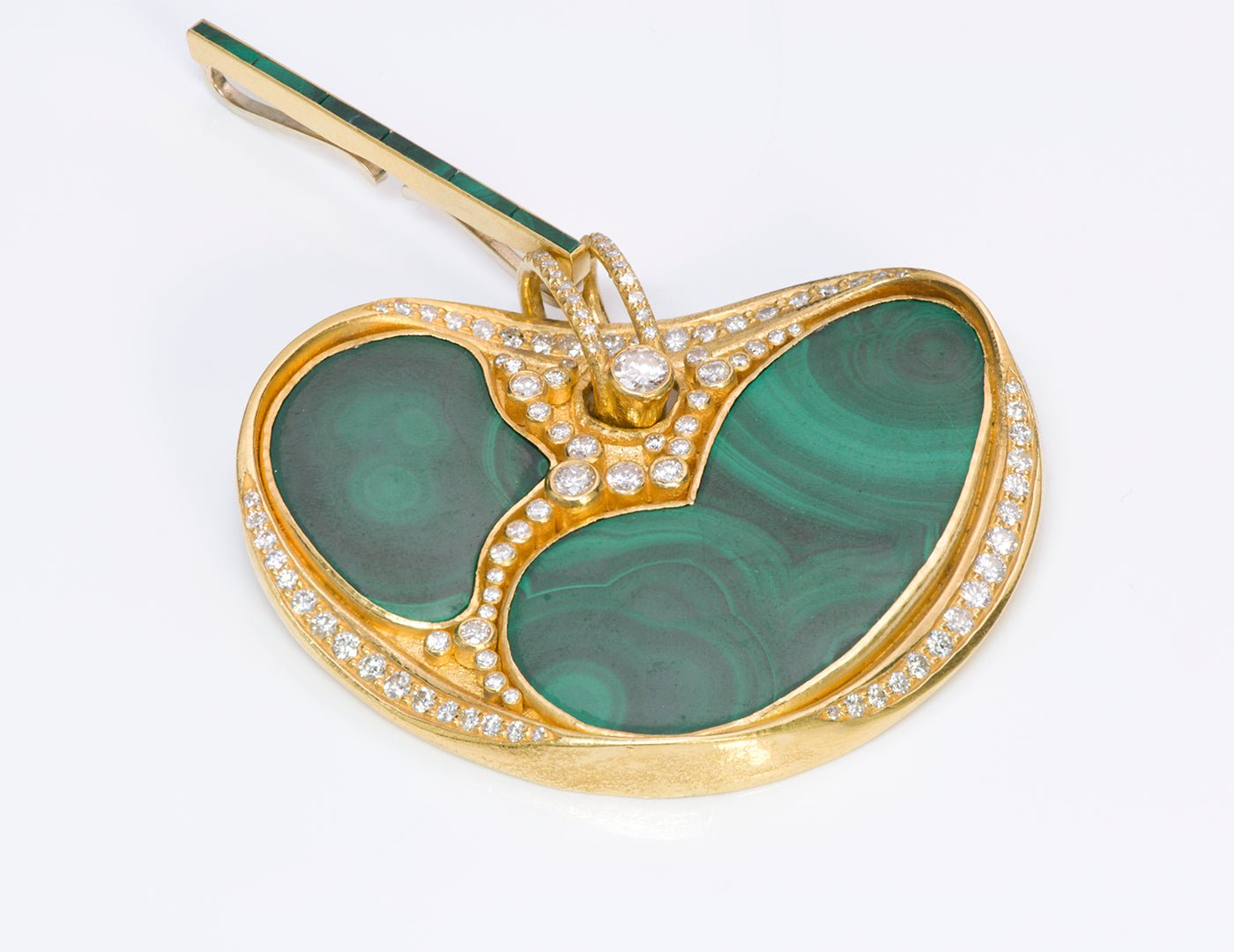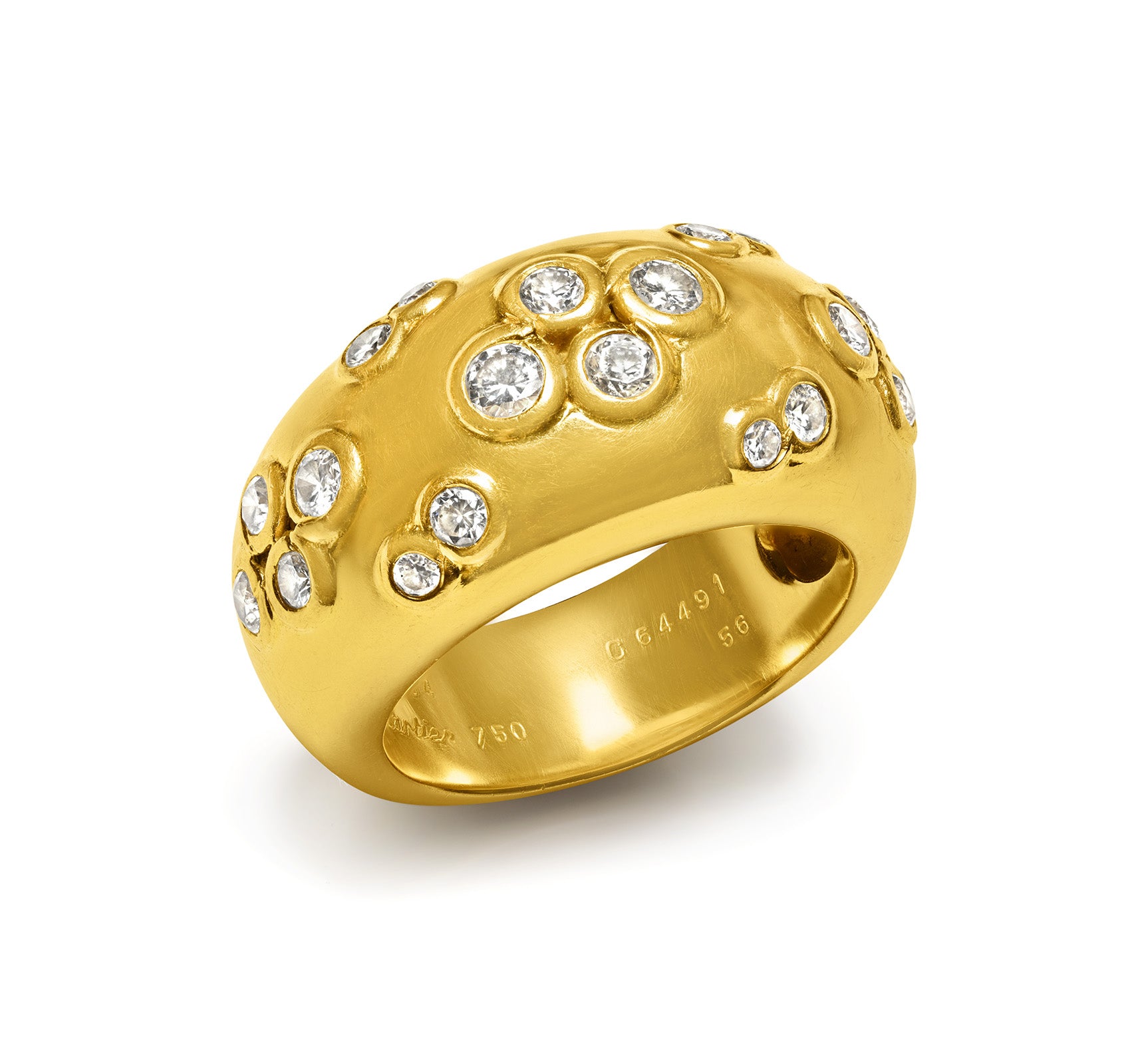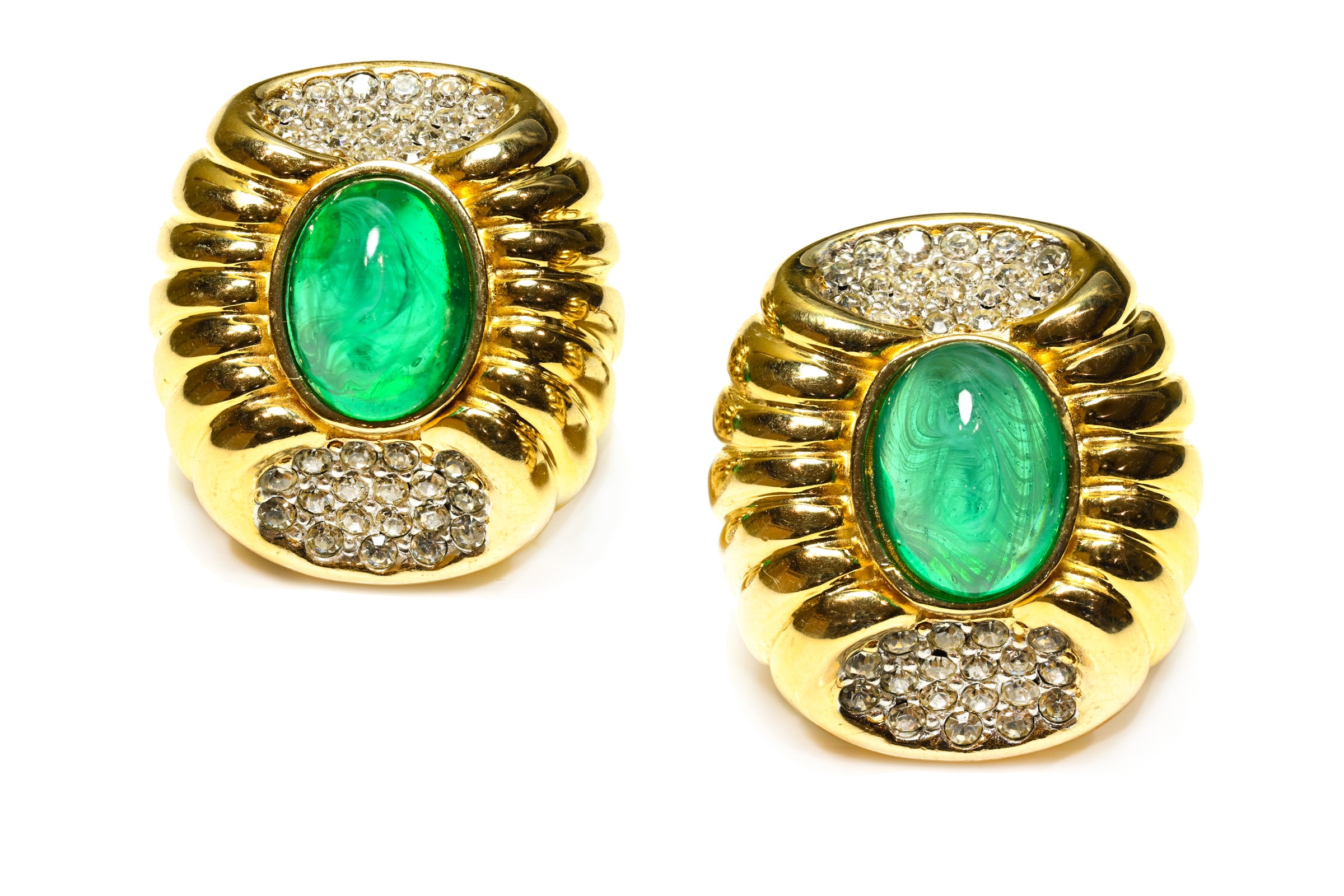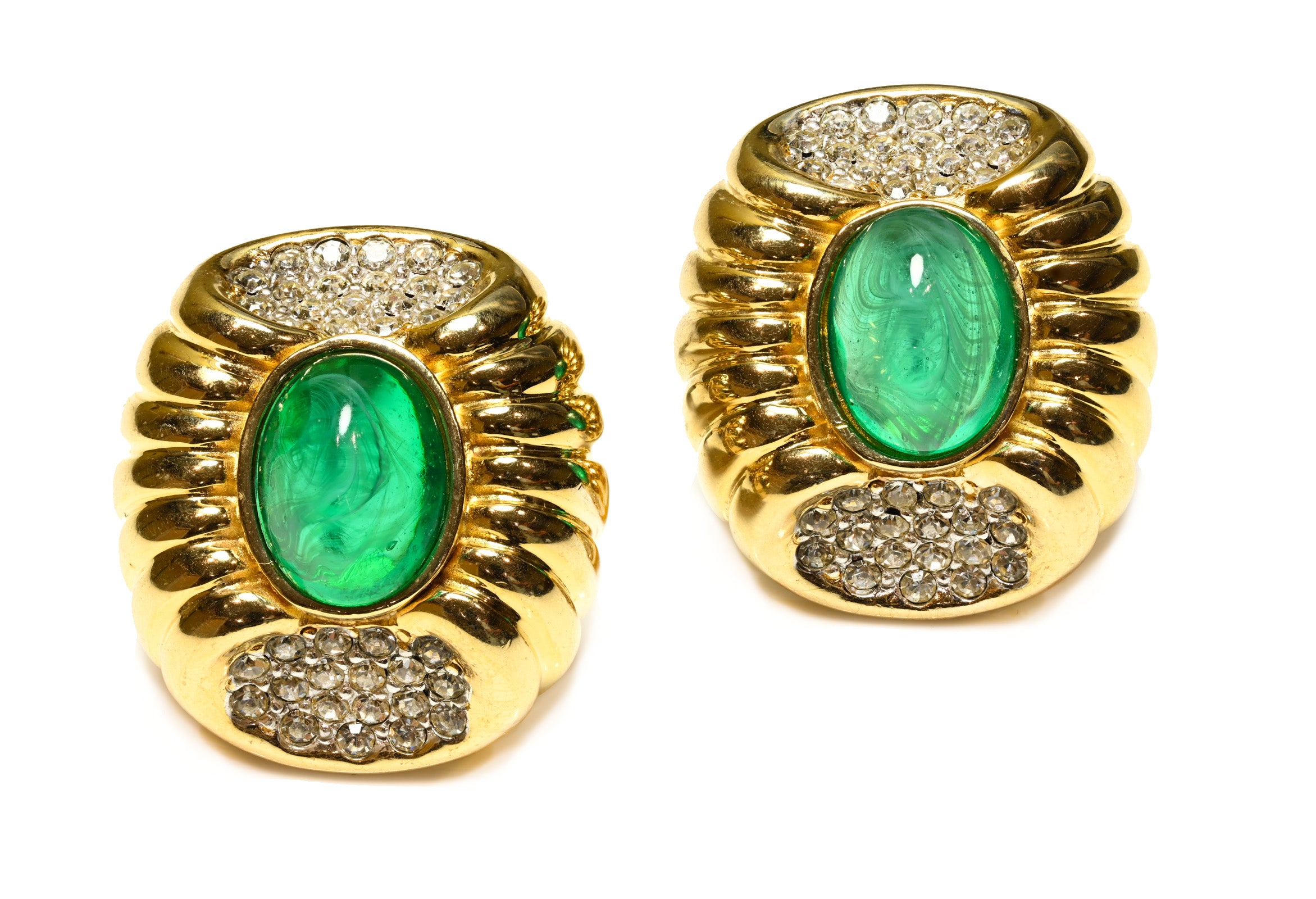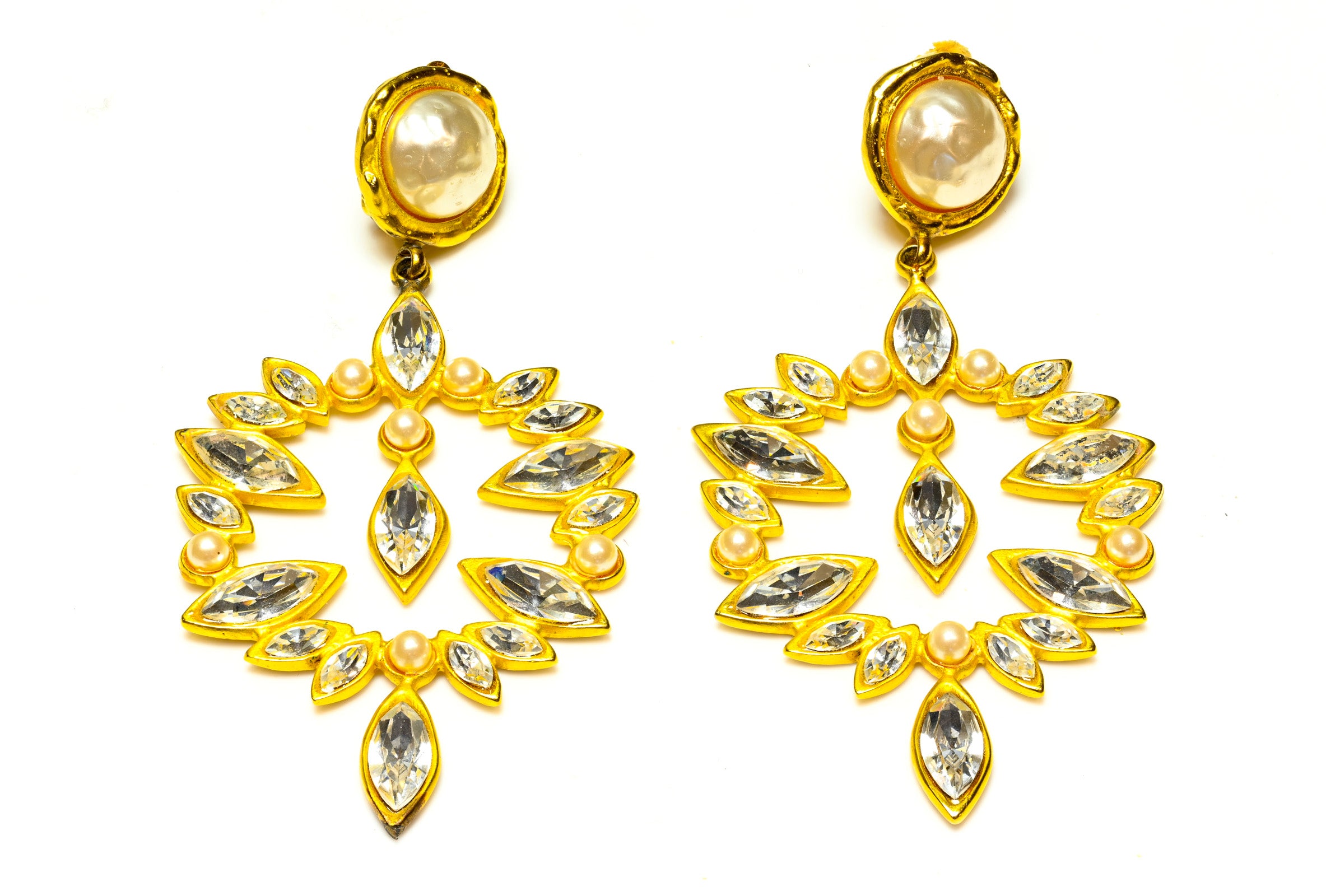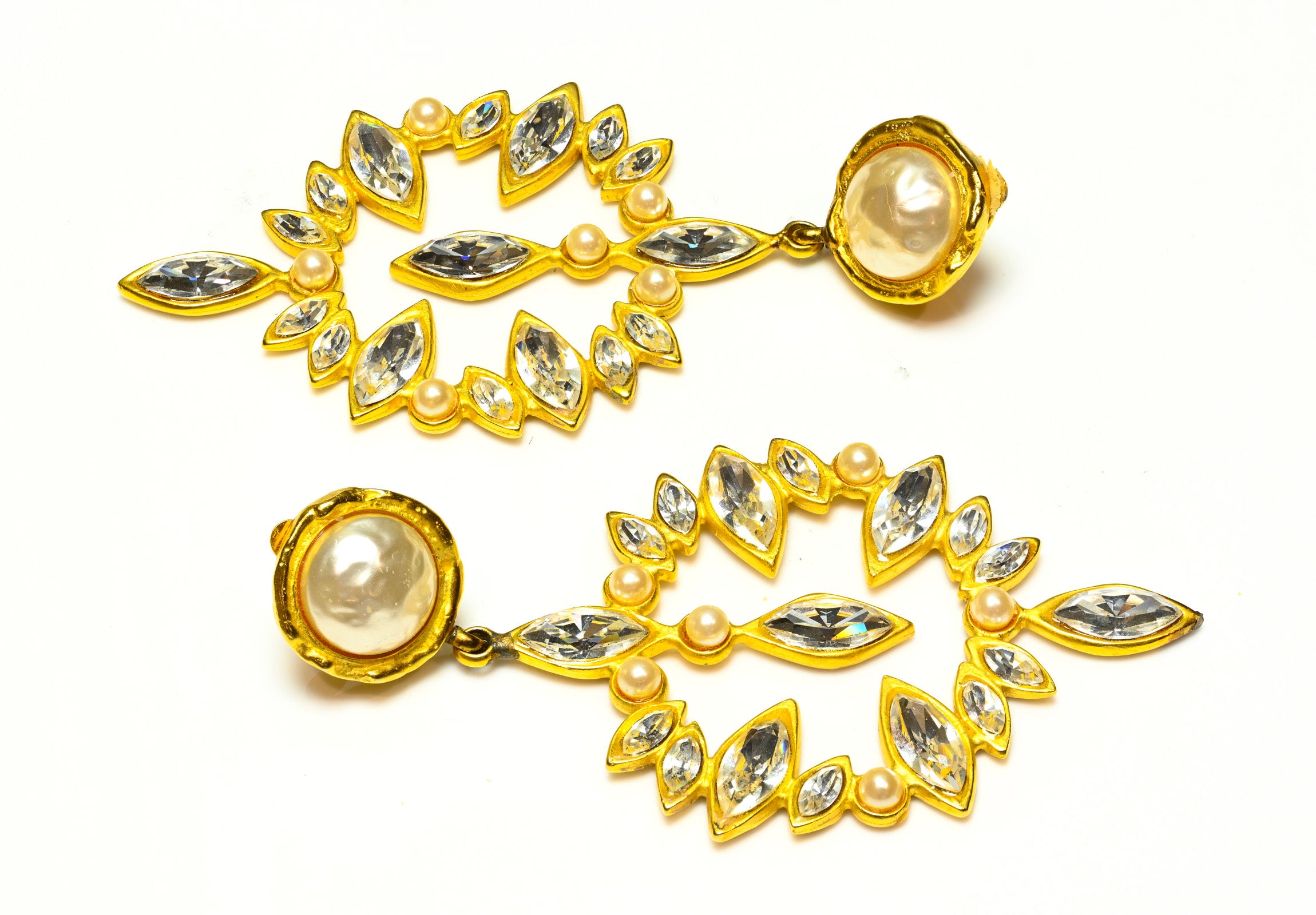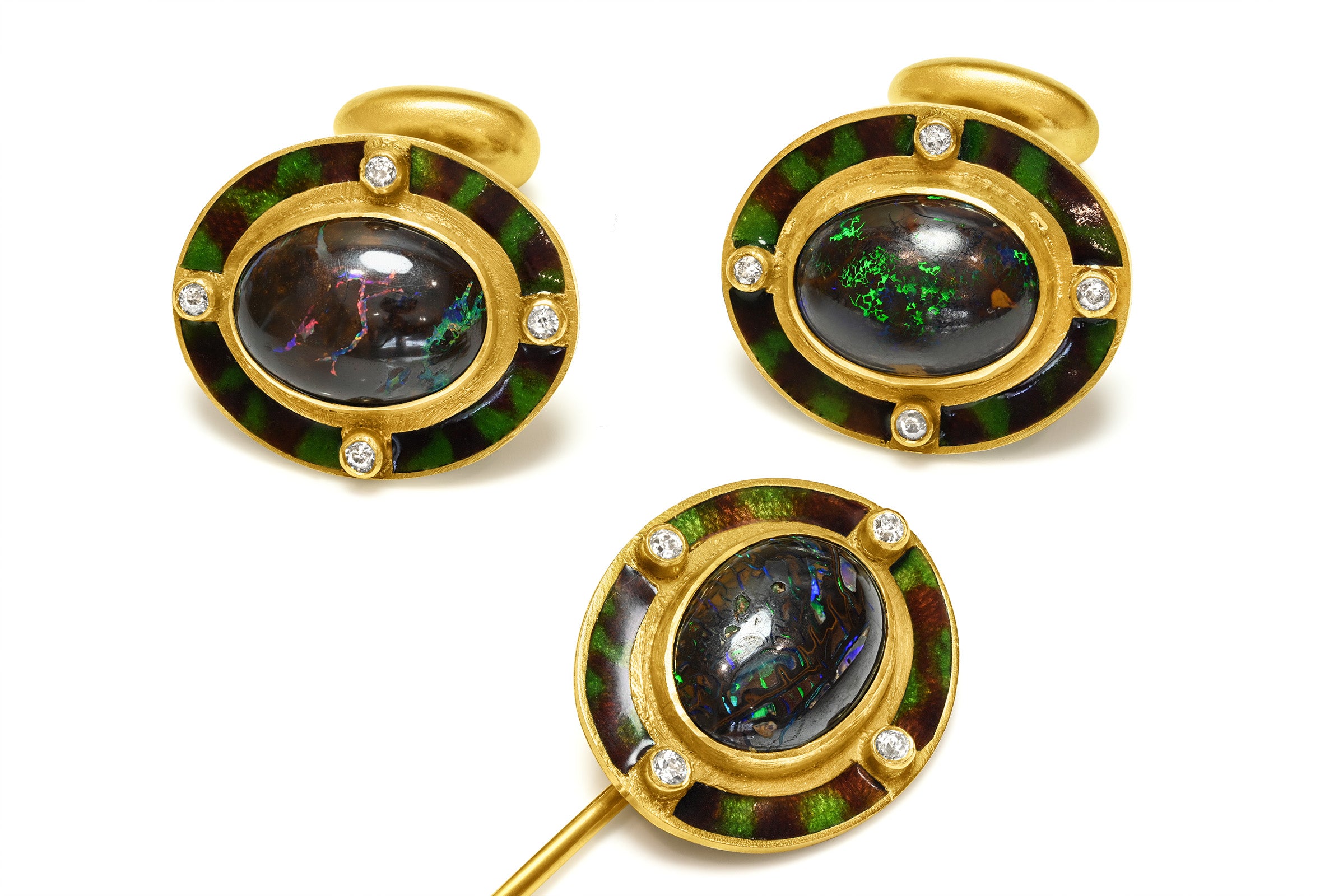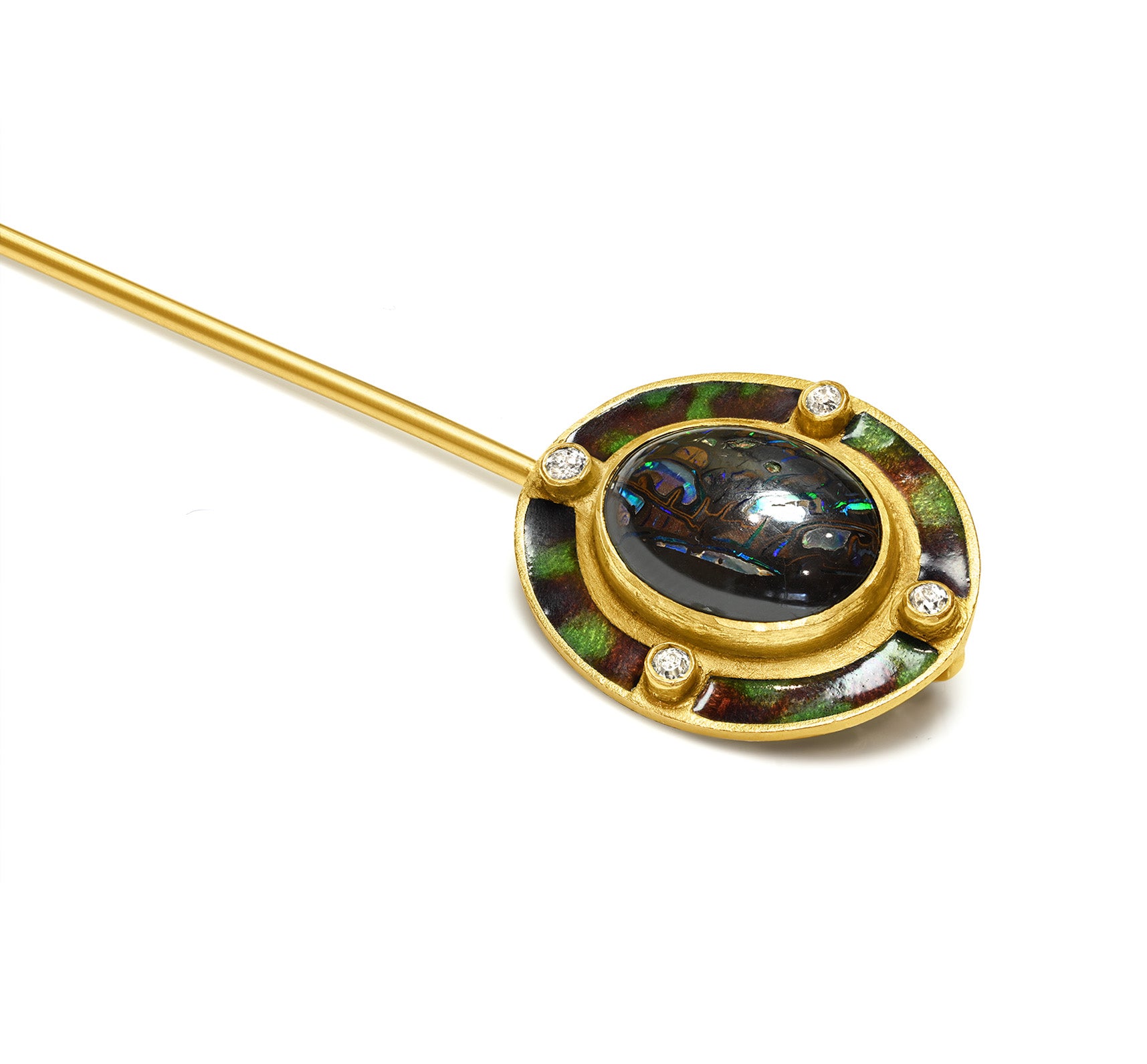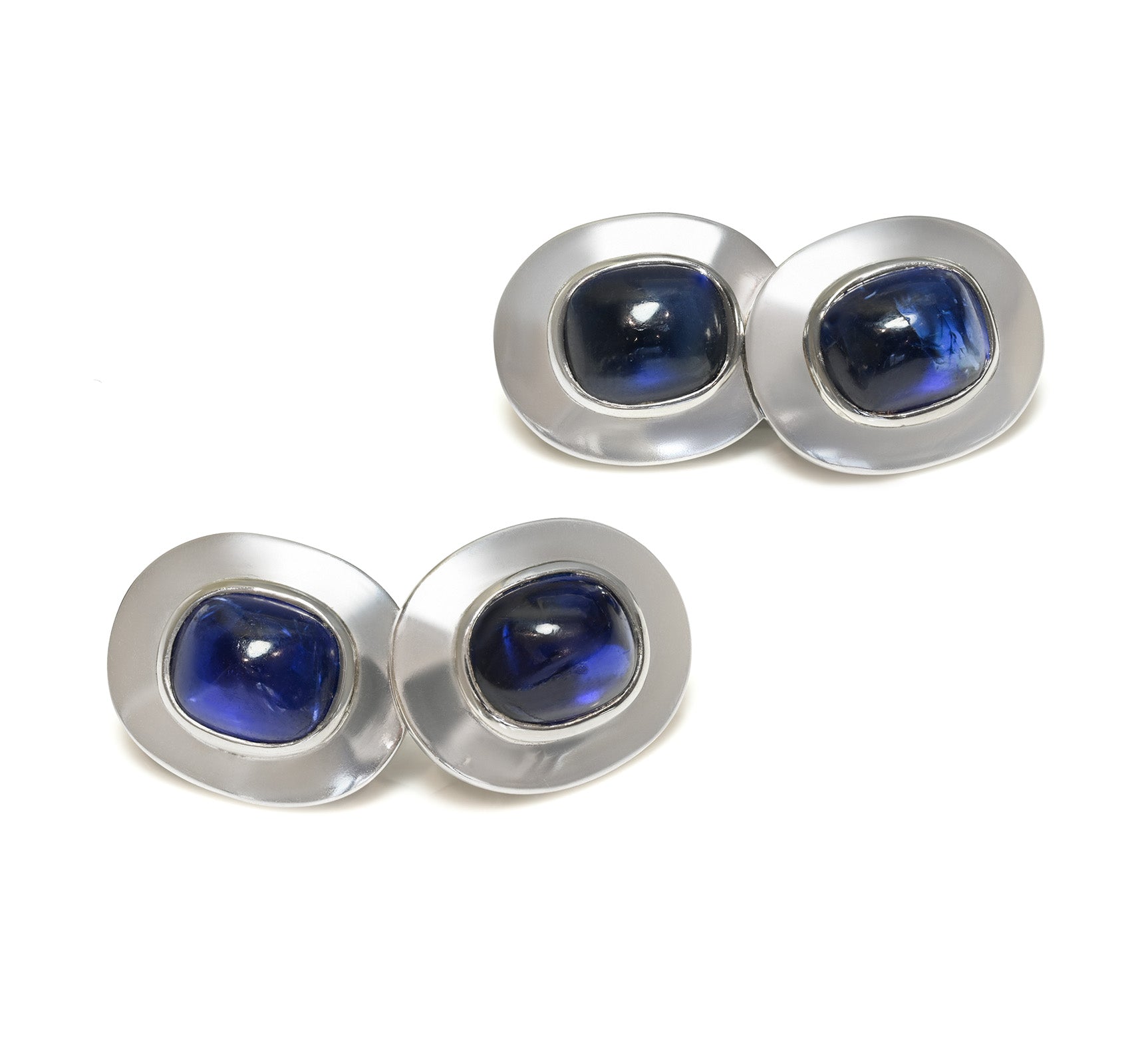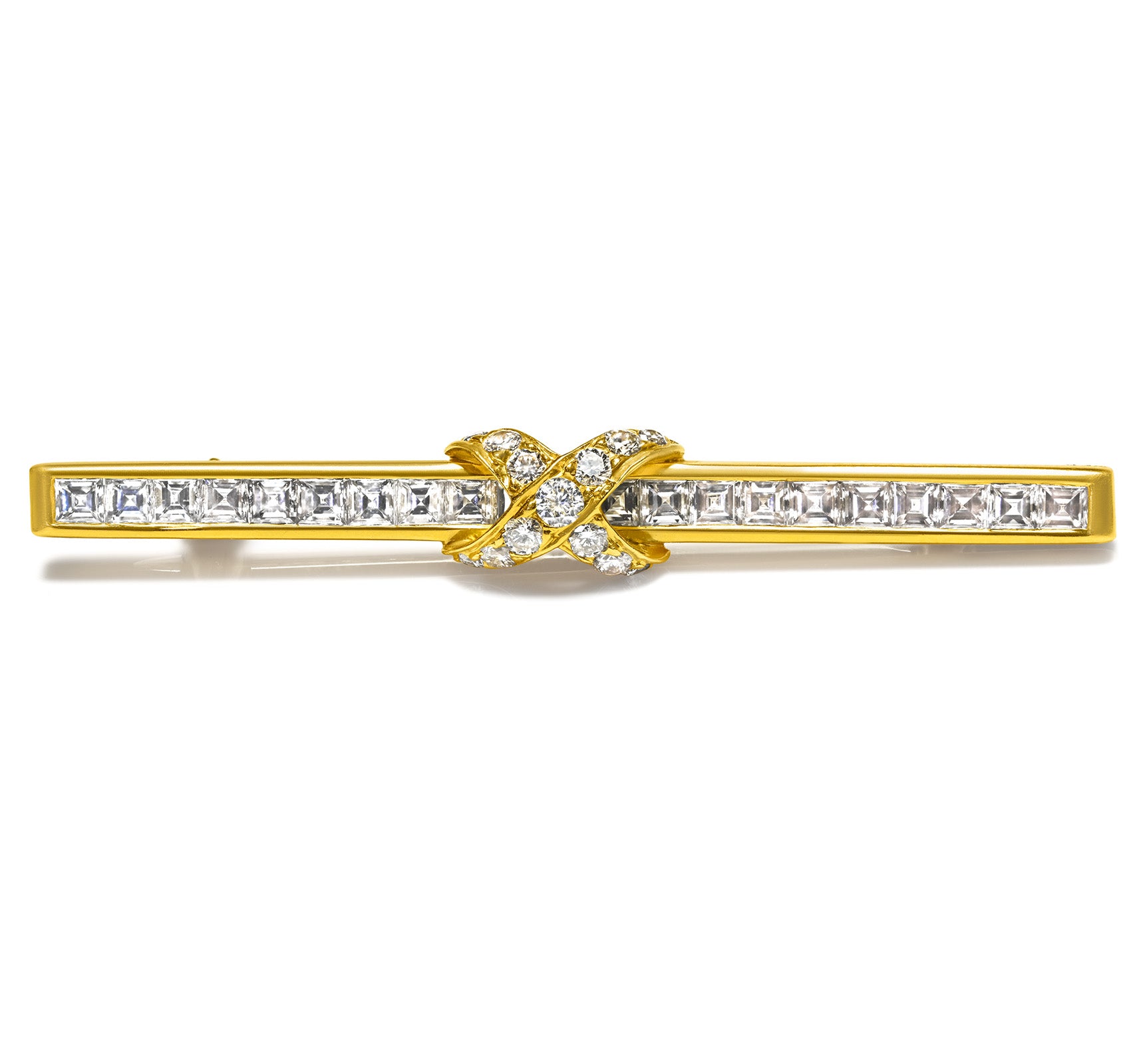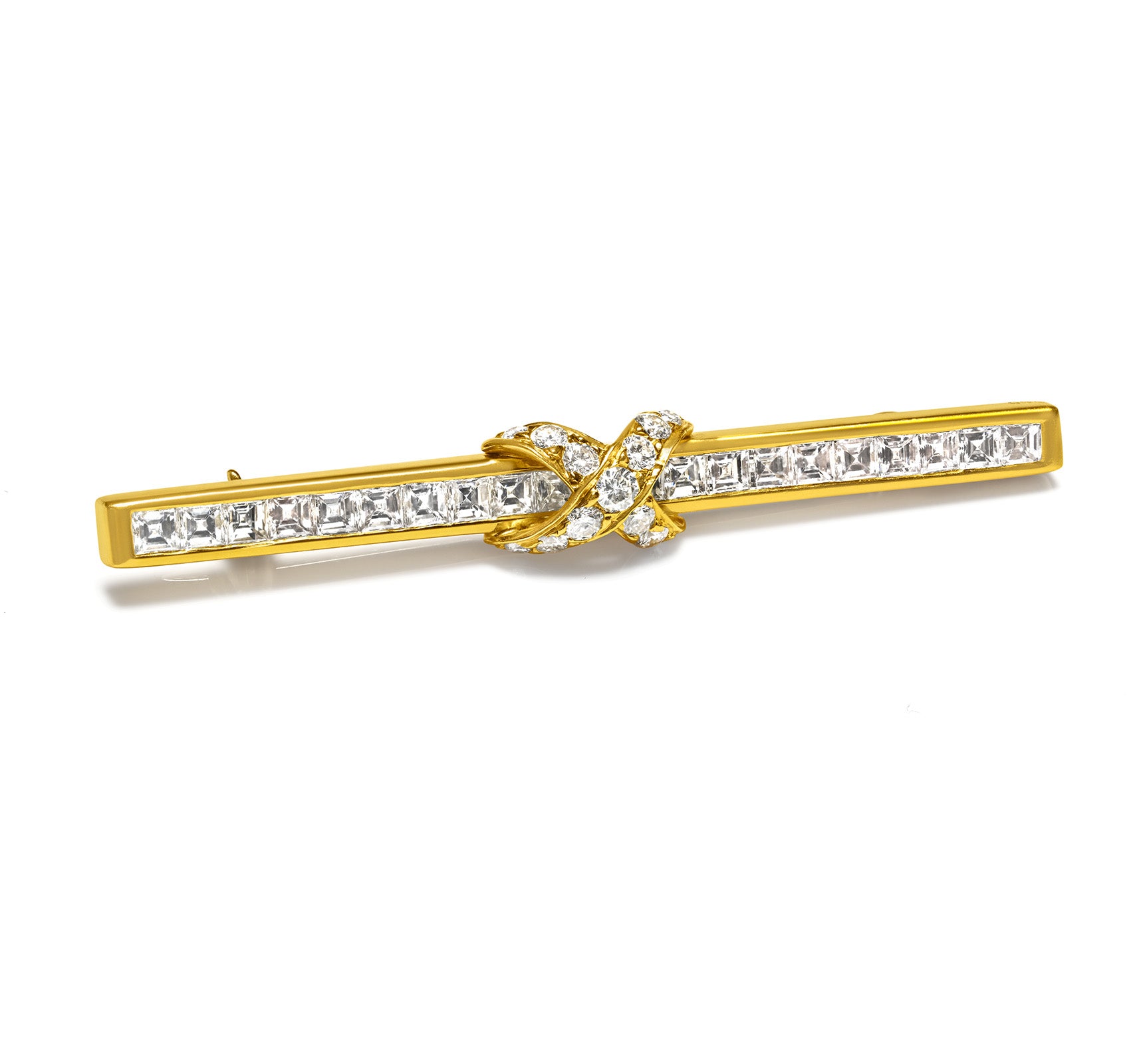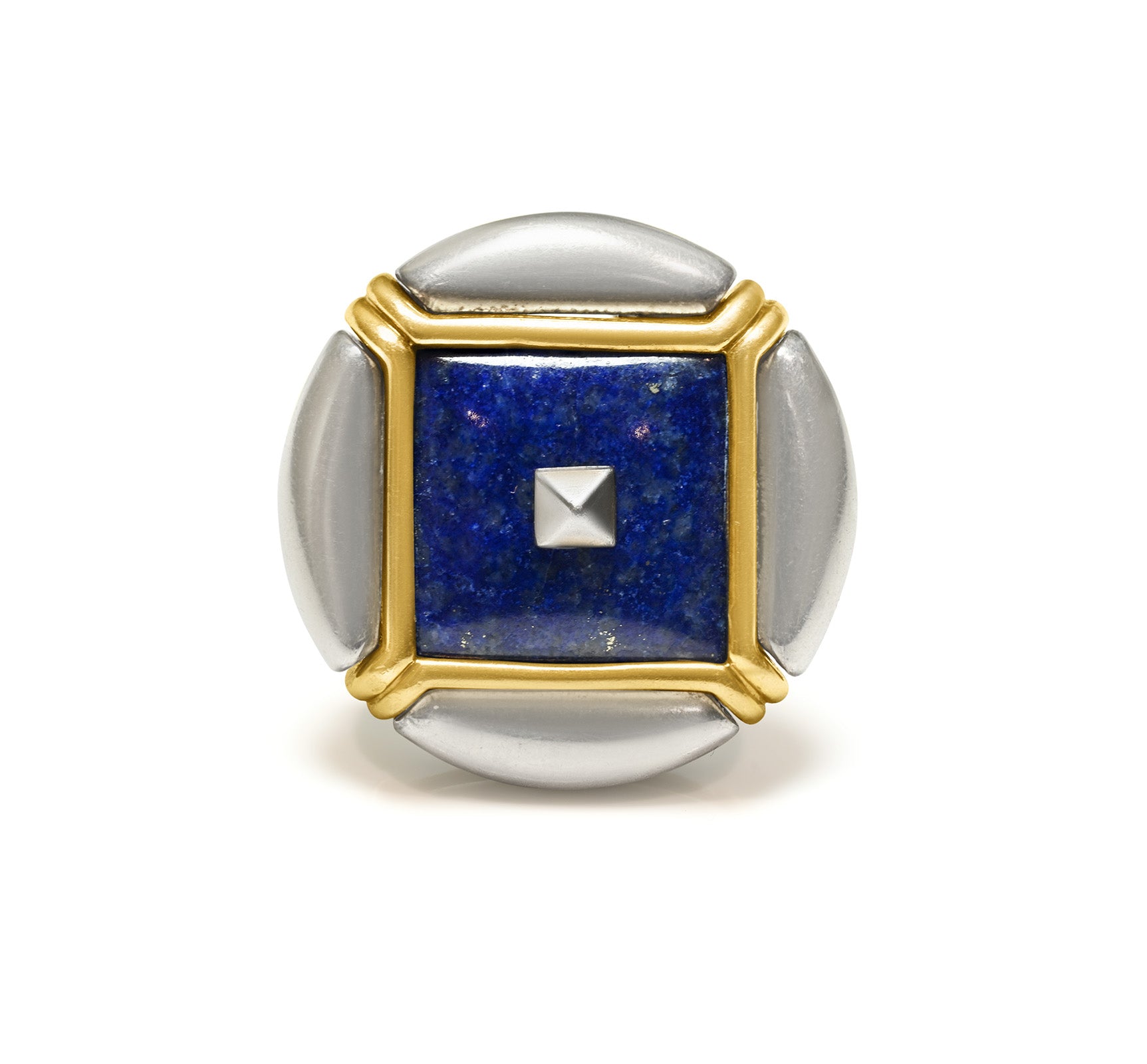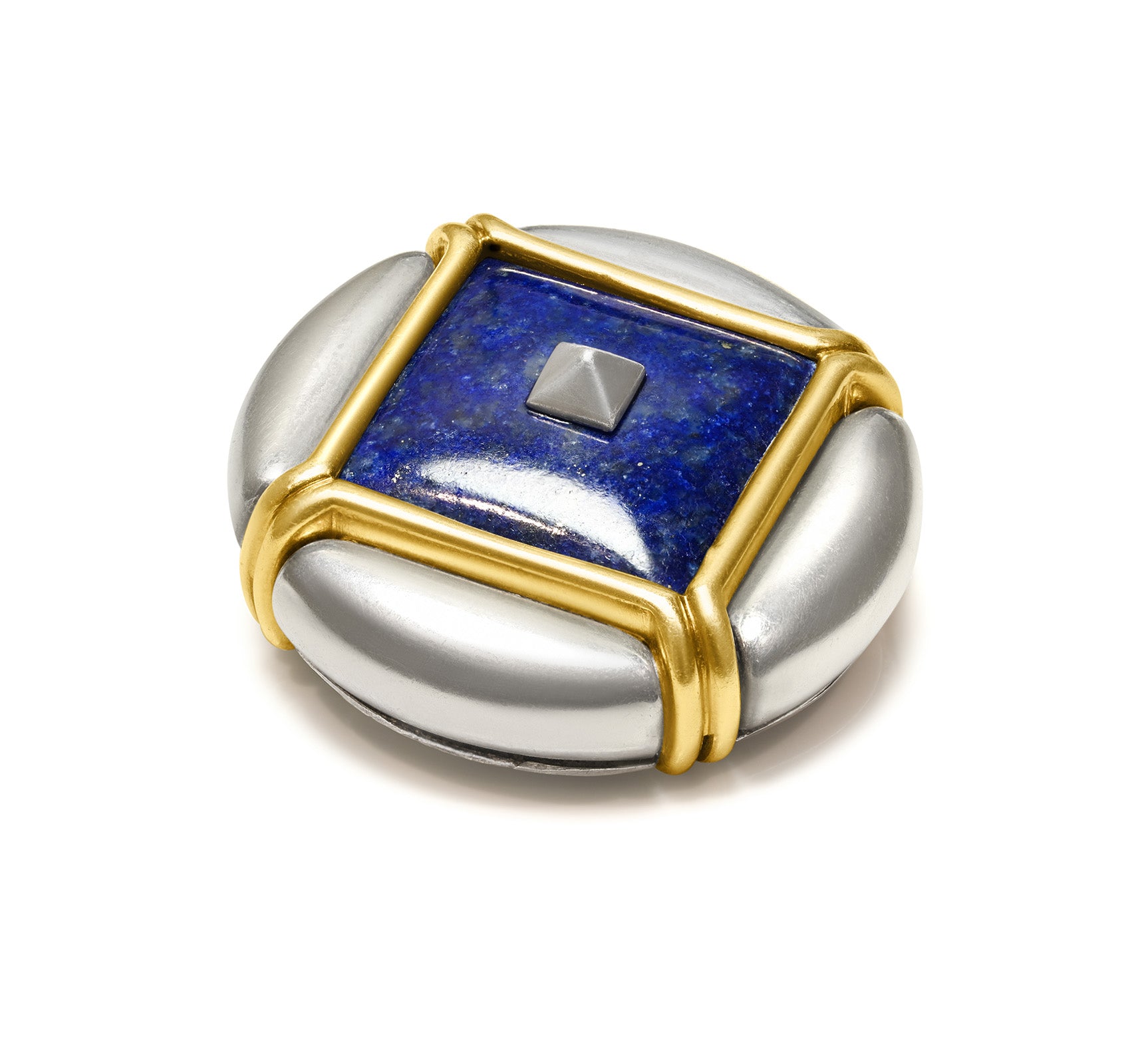The Star of Asia – A Sapphire Shrouded In Mystery And Beauty
The gem world is full of unusual and mysterious gemstones, and the Star of Asia is definitely one of them.
The Star of Asia is a massive cabochon-cut star sapphire, weighing 330 carats (66 g). It is one of the largest of its kind.
Its visual attractiveness is enhanced by a rich blue color and a unique star formed by three crossing rutile striations.
Star of Asia - Origin of name
The name "Star of Asia Sapphire" appears to refer to the kind of gemstone - star sapphires - as well as the continent of Asia, which is the gemstone's original home.
Actually, it is thought that the stone came from the well-known Mogok region of Burma (Myanmar), which has long been known for its sapphires and rubies.
Mined in Sri Lanka, the Star of Asia was jointly held by King's Jewelers of Colombo, Sri Lanka, and the Kohinoor Trading Company.
In 1950, the Star of Asia was imported into the United States to be shown in the inaugural United States International Trade Fair held in Chicago.
It was consigned for sale in London by 1958, and Jack Mason, a Swiss-American, eventually bought it.
The Star of Asia was sold again to the Smithsonian Institution in 1961 for a modest package of faceted diamonds.
Characteristics
With rays reaching toward the stone's girdle, the Star of Asia features a distinctive six-rayed star that is precisely positioned at the center of the cabochon-cut stone.
The asterism (star effect) of the Star of Asia and the stone's milky, translucent appearance are both caused by the presence of rutile fibers.
One of the best blue star sapphires in the world, the Star of Asia is arguably second only to the famous 563.35-carat "Star of India Sapphire" housed in the American Museum of Natural History in New York.
All sapphires, whether regular or asteriated (exhibiting a star look), are members of the corundum mineral class, which is made up of crystalline forms of aluminum oxide.
The displacement of some aluminum atoms by atoms of various transition elements, such as chromium, titanium, iron, vanadium, etc., in the crystal lattice is what gives corundum its color.
Iron and titanium atoms are responsible for the blue hue of blue sapphires.
However, the blue-violet hue of the Star of Asia Sapphire suggests that the element vanadium is also present, according to internetstones.com.
Asteresis, also referred to as the six-rayed "star-effect," is brought on by clusters of tiny rutile (titanium oxide) fibers in the crystal that are arranged three times at a 60-degree angle to one another.
A six-rayed star appears to glide on the surface when the sapphire is rotated sideways and its dome-shaped face is exposed to a direct source of light, such as direct sunlight or artificial light from a torch or flashlight.
The sapphire's bundles of rutile reflect light that enters through its dome-shaped face and form three lines that intersect at the center.
Perfect Cut
The Star of Asia sapphire has been expertly carved, with the star precisely positioned in the middle.
The unidentified master cutter who worked with the original raw stone had to be a cutting craftsman of the highest caliber, having cut many star sapphires.
Selecting the precise side of the rough stone where the cabochon's dome-shaped face should be situated to maximize asterism is the most challenging aspect of cutting a star sapphire.
A tiny error could cause a star to fail, move to one side, or lose some of its beams entirely.
A cutter deserves recognition for accurately identifying a rough stone as having the potential to become an exceptional six-rayed star sapphire, an achievement that only a select few in the industry can do.
Therefore, it appears that the master cutter's abilities are the only factor that determines a star sapphire's prospective value.
Reality or legend?
It was consigned for sale in London by 1958, and Jack Mason, a Swiss-American, eventually bought it.
The Star of Asia was sold again to the Smithsonian Institution in 1961 for a modest package of faceted diamonds.
Characteristics
With rays reaching toward the stone's girdle, the Star of Asia features a distinctive six-rayed star that is precisely positioned at the center of the cabochon-cut stone.
The asterism (star effect) of the Star of Asia and the stone's milky, translucent appearance are both caused by the presence of rutile fibers.
One of the best blue star sapphires in the world, the Star of Asia is arguably second only to the famous 563.35-carat "Star of India Sapphire" housed in the American Museum of Natural History in New York.
All sapphires, whether regular or asteriated (exhibiting a star look), are members of the corundum mineral class, which is made up of crystalline forms of aluminum oxide.
The displacement of some aluminum atoms by atoms of various transition elements, such as chromium, titanium, iron, vanadium, etc., in the crystal lattice is what gives corundum its color.
Iron and titanium atoms are responsible for the blue hue of blue sapphires.
However, the blue-violet hue of the Star of Asia Sapphire suggests that the element vanadium is also present, according to internetstones.com.
Asteresis, also referred to as the six-rayed "star-effect," is brought on by clusters of tiny rutile (titanium oxide) fibers in the crystal that are arranged three times at a 60-degree angle to one another.
A six-rayed star appears to glide on the surface when the sapphire is rotated sideways and its dome-shaped face is exposed to a direct source of light, such as direct sunlight or artificial light from a torch or flashlight.
The sapphire's bundles of rutile reflect light that enters through its dome-shaped face and form three lines that intersect at the center.
Perfect Cut
The Star of Asia sapphire has been expertly carved, with the star precisely positioned in the middle.
The unidentified master cutter who worked with the original raw stone had to be a cutting craftsman of the highest caliber, having cut many star sapphires.
Selecting the precise side of the rough stone where the cabochon's dome-shaped face should be situated to maximize asterism is the most challenging aspect of cutting a star sapphire.
A tiny error could cause a star to fail, move to one side, or lose some of its beams entirely.
A cutter deserves recognition for accurately identifying a rough stone as having the potential to become an exceptional six-rayed star sapphire, an achievement that only a select few in the industry can do.
Therefore, it appears that the master cutter's abilities are the only factor that determines a star sapphire's prospective value.
Reality or legend?
When the Star of Asia was sold to the Smithsonian Institution in 1961, the seller, a mineral dealer named Martin Ehrmann acting on behalf of Jack Mason, told an interesting history about the sapphire.
He claimed that the Star of Asia had been mined from the Mogok mines of Burma, which has been well-known for its rubies and sapphires since the 15th century, and had at one point been owned by the Maharaja of Jodhpur.
Legend has it that after being expelled from Mandalay, the King of Mandalay sent outlaws and robbers to live in the fairly unfriendly region, where they eventually found the Mogok mines.
When the outlaws gifted the King with a significant amount of rubies and some sapphires, they were able to win their freedom.
After forgiving them for their misdeeds, the King gave them permission to resume their normal lives in Mandalay. Fortunately, though, the ex-offenders chose to remain in their current location and carry on with their mining operations.
But the King swiftly issued an edict declaring that any large rubies found in the mines would automatically become the King's property. Miners who disobeyed the edict faced the danger of execution.
The severe decree that was imposed caused enormous rubies that had been either split into tiny pieces or buried for generations to vanish.
The Mogok Valley
The Mogok Valley, home of the rubies and sapphires, is 4,000 kilometers above sea level and encircled by mountains that are a part of the eastern Himalayan orogenic system, which was created between 40 and 60 million years ago when the Indian subcontinental plate collided with the Eurasian plate.
Through contact metamorphism, the energy produced by this tectonic activity converted igneous rocks containing corundum into metamorphic rocks.
Millions of years of igneous and metamorphic rock erosion generated corundum-containing gravel that settled as placer deposits in the valley, where corundum is mined today.
Rubies make up about 80–90% of the corundum produced in the Mogok Valley. The remaining 10% is made up of blue sapphires, other sapphires, peridot, aquamarine, amethyst, zircon, tourmaline moonstone, topaz, and diopside.
Unlike in other parts of the world, blue sapphires and rubies are always found in close proximity in Burma.
A mine in the Mogok district, close to Kabaing, was well-known for its blue star sapphires. Huge raw stones weighing more than 100 carats had been found there as well.
Another location, Kyaungdwin, close to Kathe, roughly 13 km west of Mogok, is a place where sapphires have been discovered in notable amounts.
The region between Ingaung and Gwebin, Chaungyi, and Bernardmyo are other significant sites where sapphires have been mined.
Star of Asia In History
Although the Star of Asia sapphire's early history is unknown, the Maharajah of Jodhpur is thought to have once owned the stone.
This is hardly surprising, given that the many kingdoms and sultanates of the Indian subcontinent were the primary producers and consumers of gemstones and diamonds during the time when rubies were discovered in Mogok.
As a result, enormous amounts of rubies and sapphires from the Mogok mines were smuggled out of Burma and reached these independent nations, where the governing monarchies of these kingdoms quickly purchased them due to the ready market for them.
From the time of Mughal Emperor Jalaluddin Muhammed Akbar (1556–1605) until that of Emperor Aurangzeb (1658–1707), the Mughal treasury possessed an exceptional collection of beautiful rubies, according to Aziz (1942).
About 35 rubies, ranging in weight from roughly 35 carats to roughly 372 carats, are listed by Aziz. With weights over 100 carats, the majority of the rubies in this collection were thought to come from Burma.
The highest production period in the Mogok mines of Burma also falls within this time frame. Similar to how the Star of Asia sapphire from the Mogok mines would have arrived in Jodhpur and been bought by the Maharajah.
Although the Star of Asia sapphire's early history is unknown, the Maharajah of Jodhpur is thought to have once owned the stone.
This is hardly surprising, given that the many kingdoms and sultanates of the Indian subcontinent were the primary producers and consumers of gemstones and diamonds during the time when rubies were discovered in Mogok.
As a result, enormous amounts of rubies and sapphires from the Mogok mines were smuggled out of Burma and reached these independent nations, where the governing monarchies of these kingdoms quickly purchased them due to the ready market for them.
From the time of Mughal Emperor Jalaluddin Muhammed Akbar (1556–1605) until that of Emperor Aurangzeb (1658–1707), the Mughal treasury possessed an exceptional collection of beautiful rubies, according to Aziz (1942).
About 35 rubies, ranging in weight from roughly 35 carats to roughly 372 carats, are listed by Aziz. With weights over 100 carats, the majority of the rubies in this collection were thought to come from Burma.
The highest production period in the Mogok mines of Burma also falls within this time frame. Similar to how the Star of Asia sapphire from the Mogok mines would have arrived in Jodhpur and been bought by the Maharajah.
The exact moment in Jodhpur’s history when the Star of Asia sapphire passed into the hands of the Maharajah of Jodhpur is unknown.
We do, however, know with certainty that the famous Star of Asia had changed hands and ended up in the hands of Martin Leo Ehrmann, the world's greatest collector, and supplier of minerals and gemstones, providing rare and valuable minerals and gemstones to numerous American universities and museums.
The National Museum of Natural History of the Smithsonian Institution, Harvard University, the Natural History Museum of Los Angeles, and the American Museum of Natural History in New York were a few of his well-known clientele.
The Smithsonian
The National Museum of Natural History of the Smithsonian Institution in Washington, D.C., acquired the Star of Asia sapphire in 1961 from Martin Leo Ehrmann.
The Institution had previously done business with Ehrmann in 1932 when they bought a portion of the Kunz collection of minerals and gemstones from him.
Martin Ehrmann sold the whole fossil collection of Calvert to the Smithsonian Institution once more in 1938.
Other noteworthy minerals and gemstones that Martin Ehrmann sold to the Smithsonian Institution included a 2.6-carat faceted purple scorodite from Tsumeb, a 287-carat cushion-cut deep green grass-colored Burmese peridot, and a 7.5 kg kunzite crystal from Urpuca in Brazil.
The Star of Asia In The Present
Today, the Smithsonian's National Museum of Natural History in Washington, D.C., houses the Star of Asia in the Janet Annenberg Hooker Hall of Geology, Gems, and Minerals.
The 20,000-square-foot hall holds 3,500 items from the National Meteorite Collection, National Rock and Ore Collection, and National Gem and Mineral Collections.
The National Gem and Mineral Collection, one of the greatest collections of its kind in the world, is made up of 10,000 jewels and 350,000 mineral specimens. The Museum also has numerous other galleries.
Even so many years after its discovery, the Star of Asia continues to remain an iconic sapphire in the gemstone universe.
The Star of Asia is coveted by jewelry collectors and arouses the curiosity, wonder, and admiration of many lovers of beautiful, interesting, and mysterious things.
So, if you get a chance to visit the Smithsonian's National Museum of Natural History in Washington, D.C., be sure to visit the immortal Star of Asia sapphire.
The 20,000-square-foot hall holds 3,500 items from the National Meteorite Collection, National Rock and Ore Collection, and National Gem and Mineral Collections.
The National Gem and Mineral Collection, one of the greatest collections of its kind in the world, is made up of 10,000 jewels and 350,000 mineral specimens. The Museum also has numerous other galleries.
Even so many years after its discovery, the Star of Asia continues to remain an iconic sapphire in the gemstone universe.
The Star of Asia is coveted by jewelry collectors and arouses the curiosity, wonder, and admiration of many lovers of beautiful, interesting, and mysterious things.
So, if you get a chance to visit the Smithsonian's National Museum of Natural History in Washington, D.C., be sure to visit the immortal Star of Asia sapphire.

